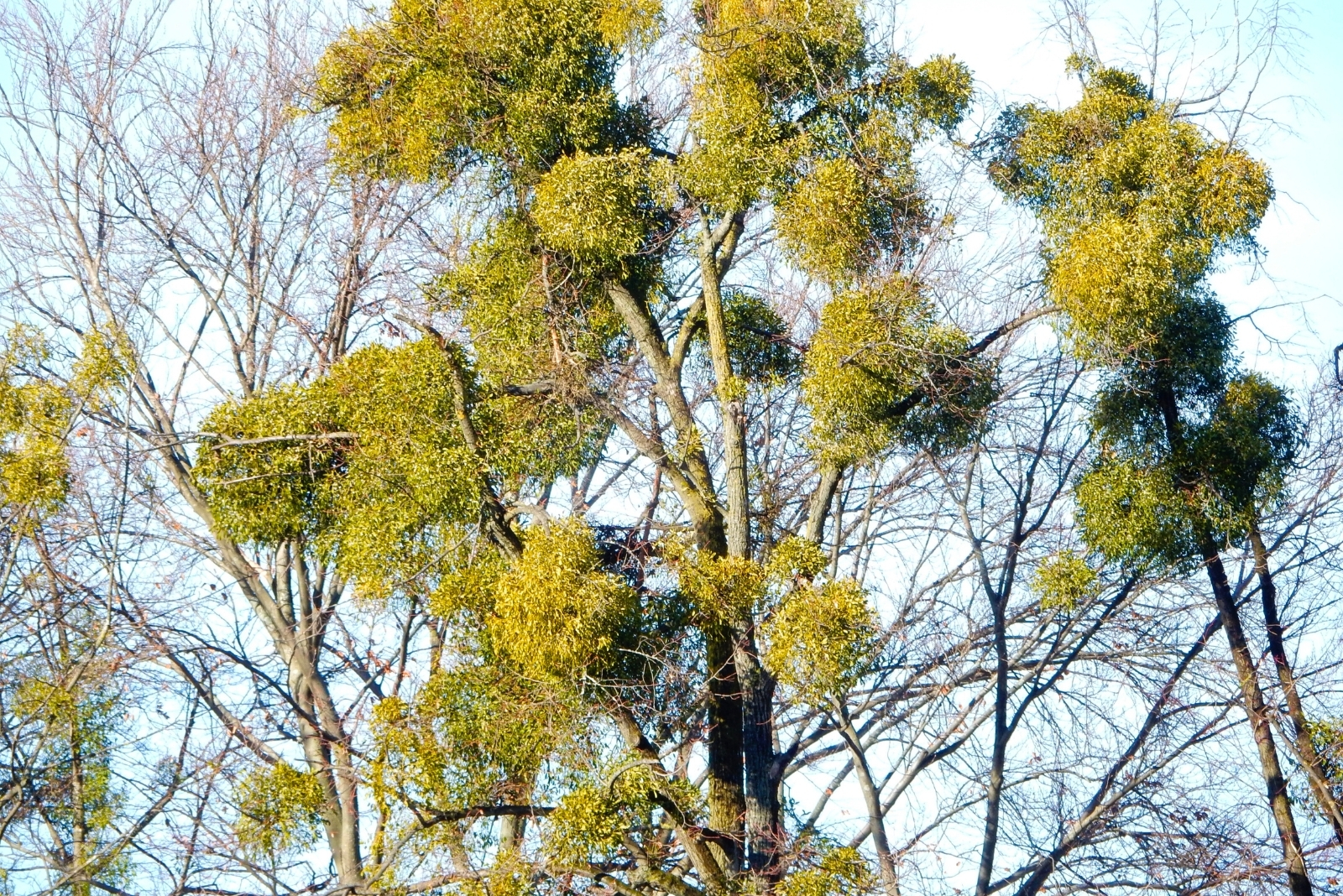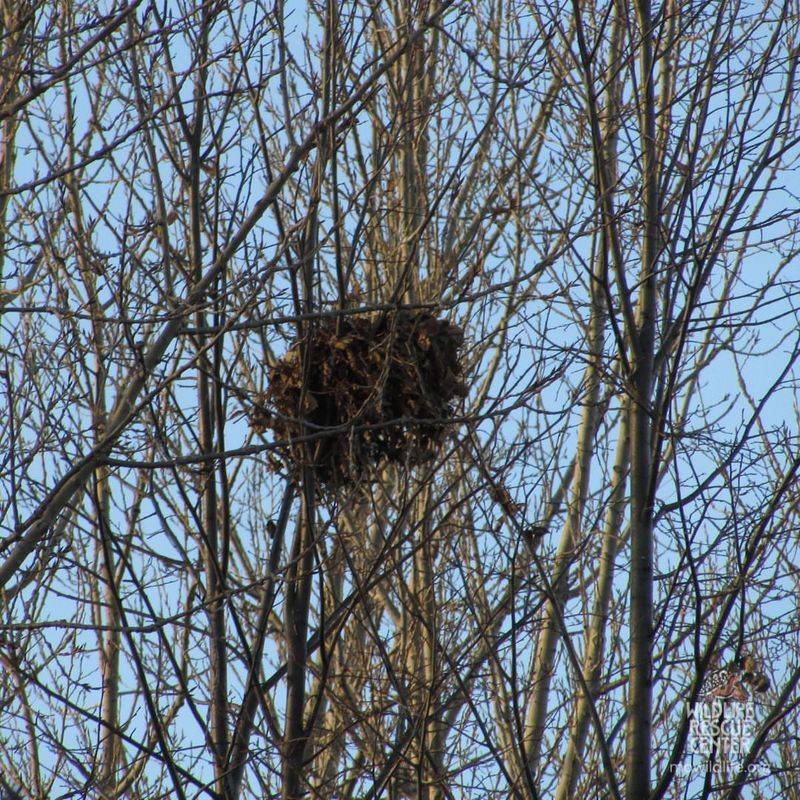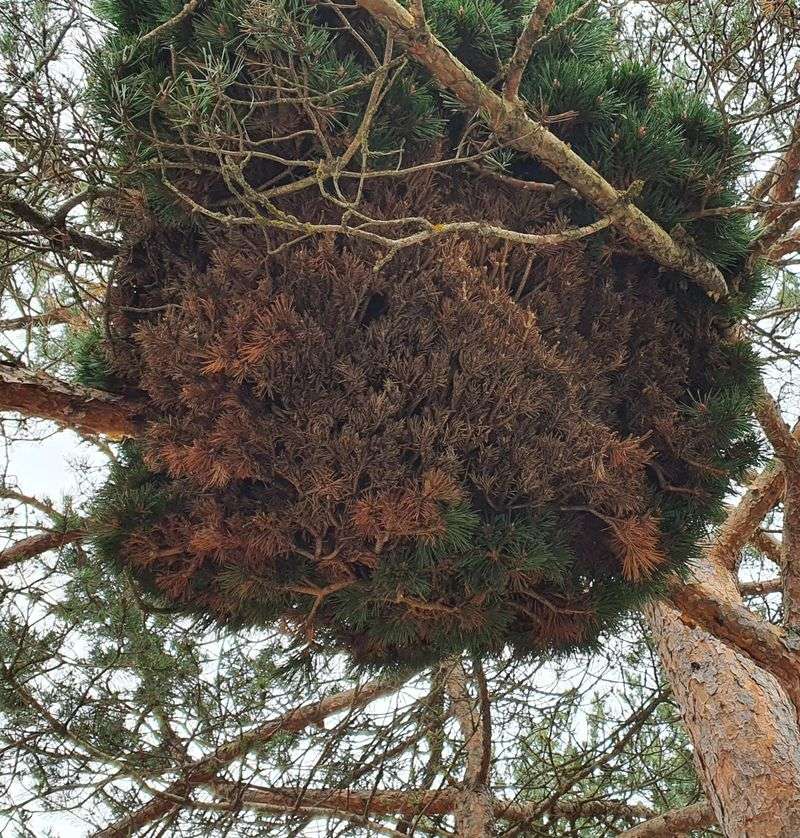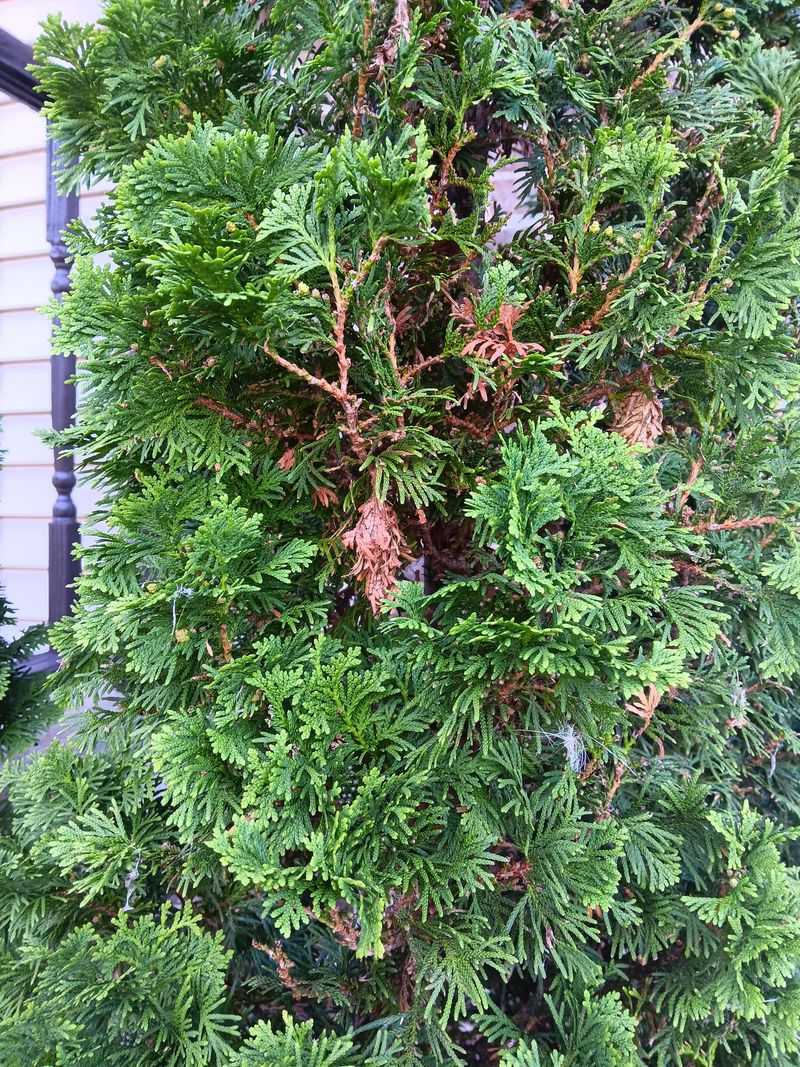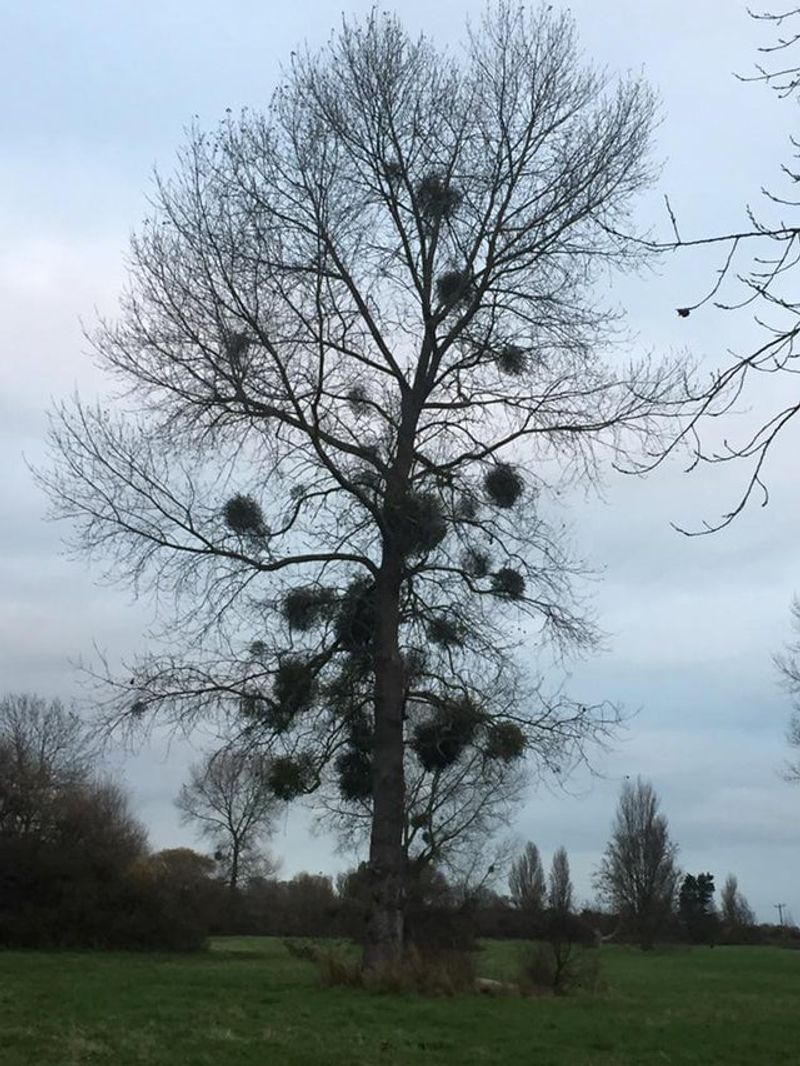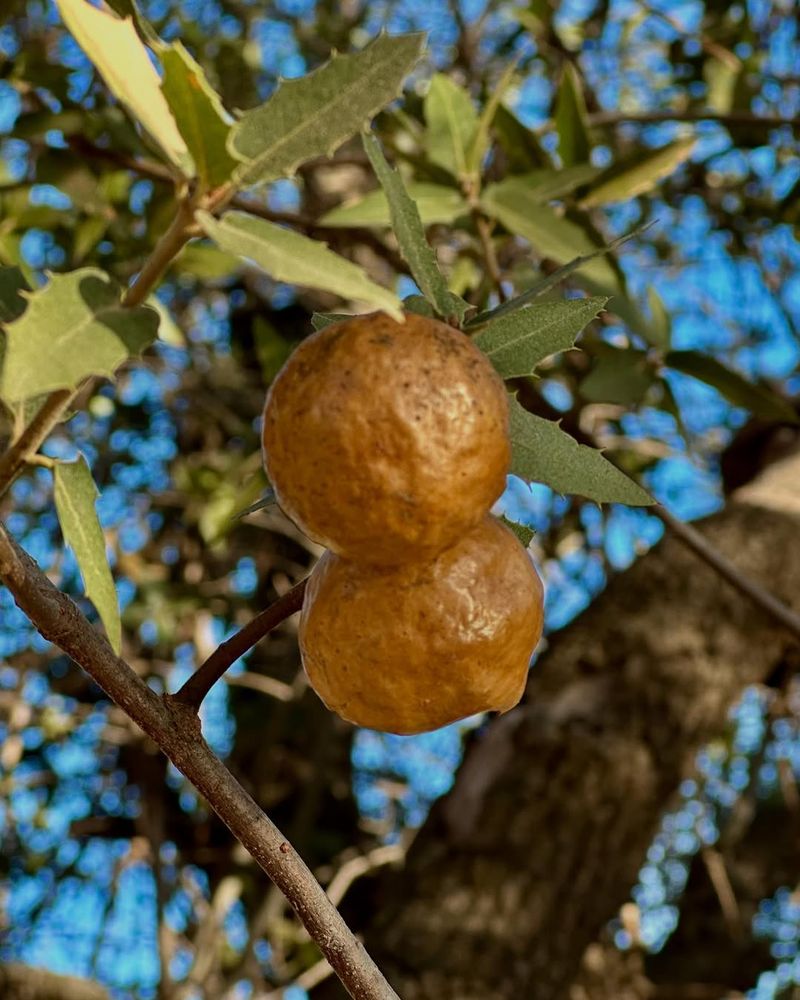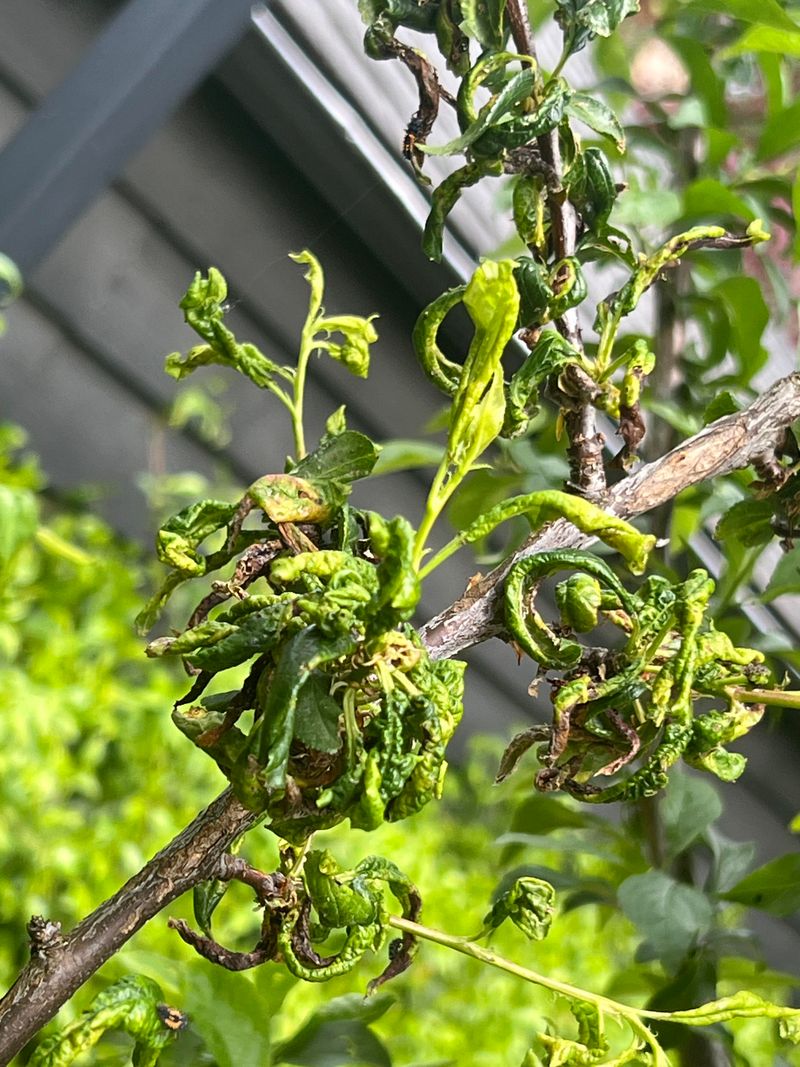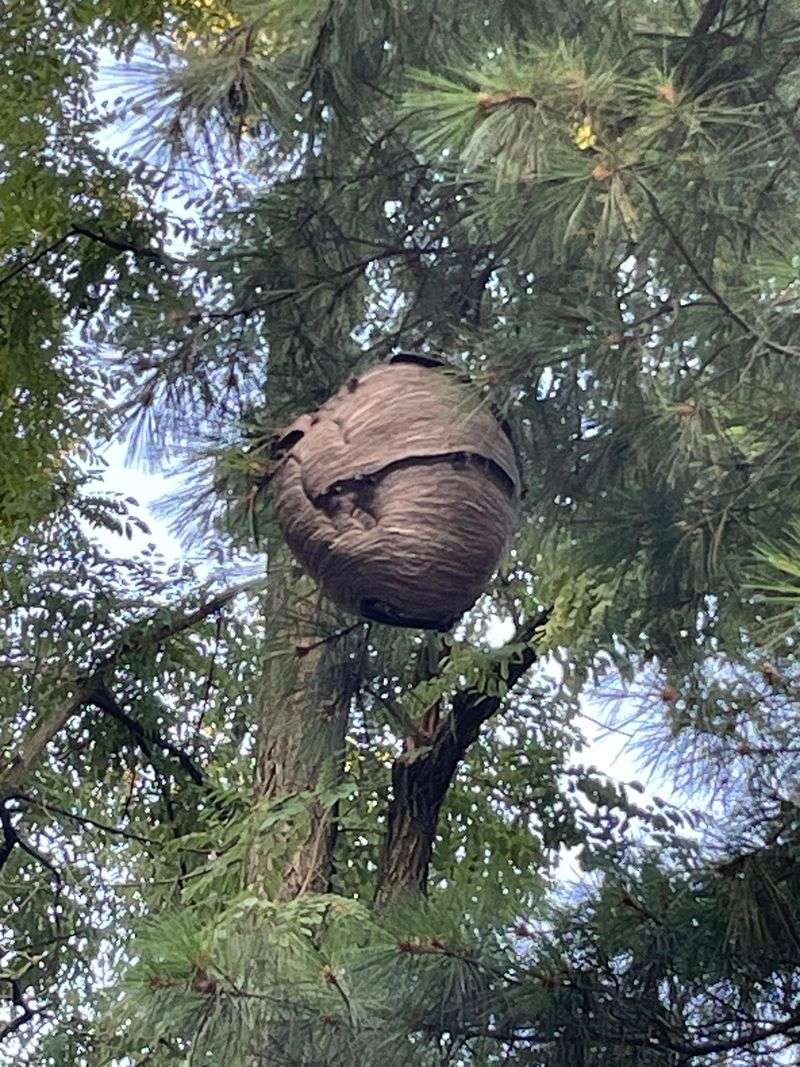If you’ve noticed a ball of leaves clinging to your Illinois tree, you might think birds have been busy. But that leafy bundle has a secret—it’s not always what it seems.
I remember spotting one and realizing it wasn’t a nest at all. Let’s uncover what’s really hiding in those branches.
1. Squirrel Dreys
Those busy-tailed critters you see darting around are master architects. Squirrels build leafy nests called dreys, especially during fall when they’re prepping for winter in Illinois. These structures look deceptively messy but are actually tightly woven with leaves, twigs, and moss.
Unlike bird nests, dreys are much larger and bulkier. They’re usually positioned close to the trunk for stability and warmth during those freezing Midwest winters.
2. Witches’ Broom
Ever heard of a tree growing its own weird hairdo? That’s basically what a witches’ broom is—a dense cluster of branches that sprout from one spot. Fungi, mites, or viruses cause this odd growth pattern throughout Illinois trees.
From a distance, it totally looks like a leafy ball. The branches grow abnormally close together, creating that tangled, nest-like appearance that fools homeowners every time.
3. Bagworms
Here’s where things get creepy-crawly. Bagworms are caterpillars that build protective cases from silk and bits of the host tree. When dozens cluster together on Illinois evergreens and deciduous trees, they create what looks like a clump of dead leaves.
These pests can seriously damage your trees if left unchecked. The bags hang down and blend in surprisingly well with natural foliage.
4. Mistletoe Clumps
Yes, that holiday plant actually grows wild and can invade Illinois trees. Mistletoe is a parasitic plant that forms rounded, bushy clumps in tree canopies. It steals water and nutrients from its host, which weakens the tree over time.
The evergreen leaves stay green year-round, making it stand out. During winter, when your tree is bare, those green balls become super obvious and easy to spot.
5. Oak Apple Galls
Nature gets weird when tiny wasps lay eggs in oak trees across Illinois. The tree responds by forming round, apple-like growths called galls. When multiple galls cluster together with surrounding leaves, they create a lumpy, nest-like mass.
These galls are harmless to the tree’s overall health. They’re just the tree’s way of isolating the wasp larvae, kind of like building tiny prisons.
6. Leaf Clusters from Aphids
Aphids might be tiny, but their damage is visible from your Illinois backyard. These sap-sucking insects cause leaves to curl, twist, and bunch together unnaturally. When severe infestations occur, entire sections of foliage clump into ball-like formations.
The leaves often turn yellow or sticky from honeydew secretions. What looks like a nest is actually just damaged, distorted foliage grouping together weirdly.
7. Abandoned Wasp Nests
Paper wasps and hornets construct impressive nests from chewed wood fibers. After summer ends in Illinois, these insects abandon their homes, leaving behind papery structures that collect leaves and debris. Wind and rain add more material, creating convincing leaf-ball lookalikes.
The gray, papery texture is the giveaway. These nests are usually harmless once abandoned and empty of stinging residents.

